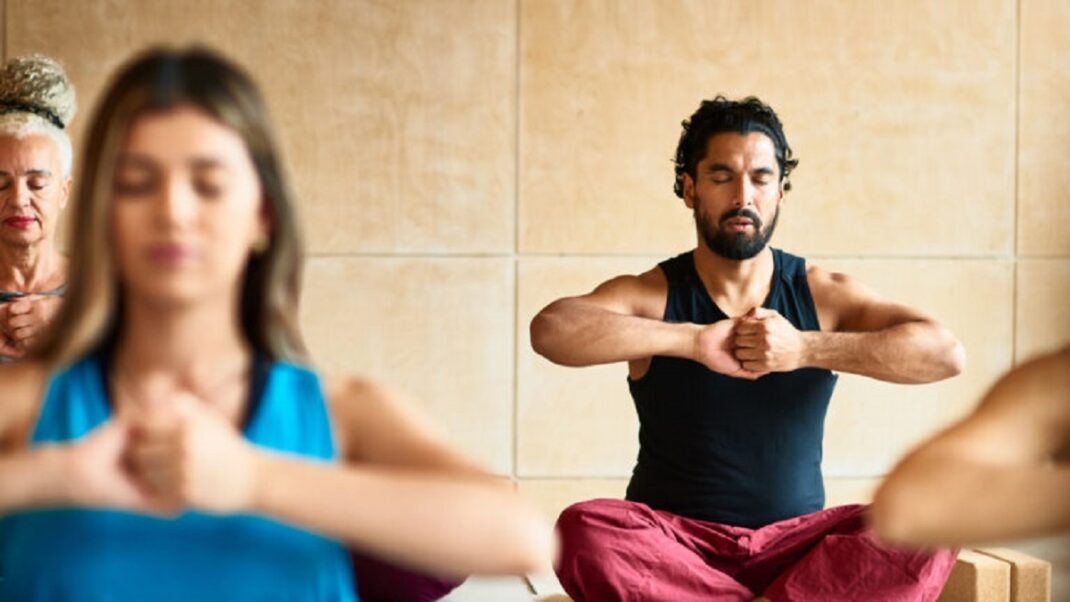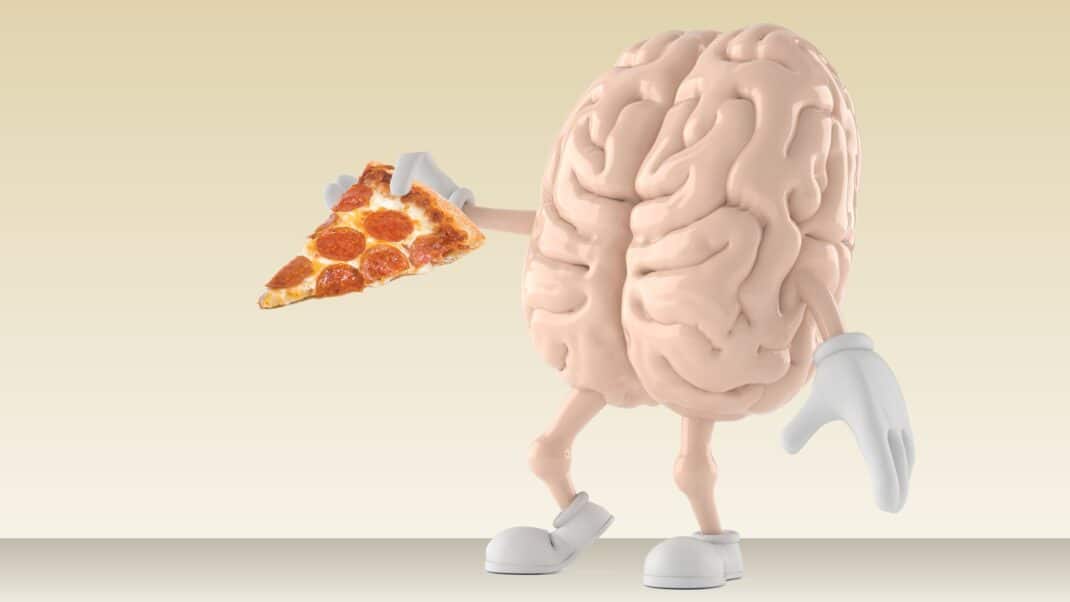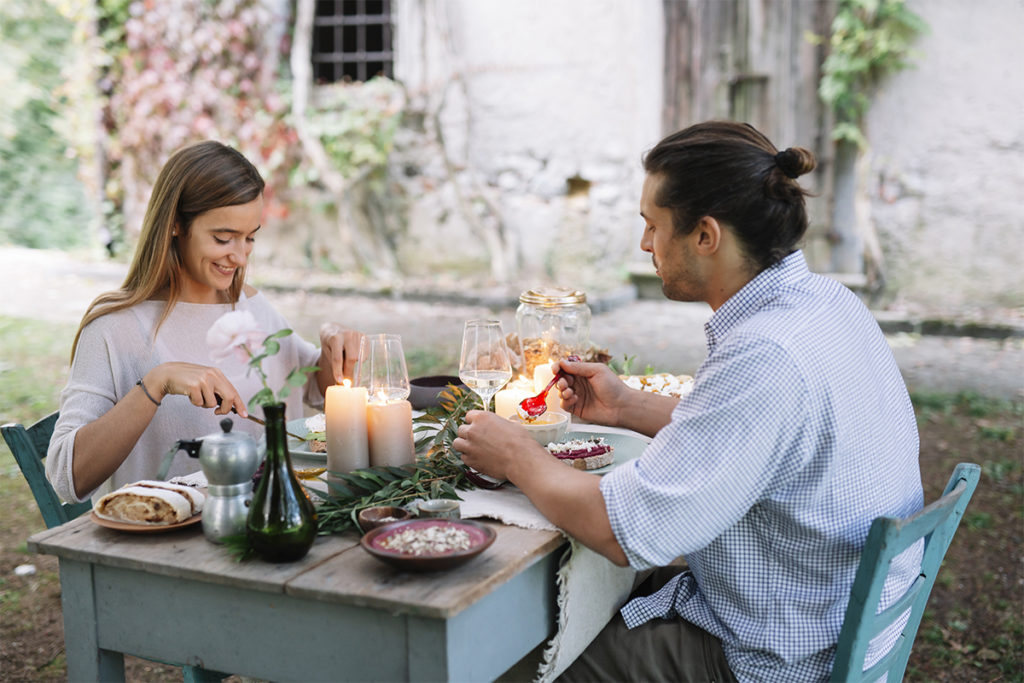Gratitude & Movement: A Simple Fall Practice

Autumn is a season of transition: cooler mornings, shifting light, and a natural slowing of pace. It is also a season that invites reflection. Pairing gratitude with movement offers a powerful, evidence-based way to cultivate mental wellness while easing seasonal stress. Rather than seeing exercise and gratitude journaling as separate practices, blending them can create a grounding ritual that supports both body and mind.
The Science of Gratitude and Stress Reduction
Gratitude is more than polite thank-yous. Research consistently shows that practicing gratitude—whether through writing, reflection, or mindful noticing—enhances well-being, increases positive affect, and reduces stress-related symptoms (Wood et al., 2010). Neuroscientific studies demonstrate that gratitude activates brain regions associated with reward, emotional regulation, and bonding, creating measurable psychological benefits (Kini et al., 2016).
This matters in the fall, when schedules intensify with work, school, and seasonal changes. Stress often spikes during this period, and chronic stress is linked to poor sleep, reduced immune function, and elevated risk of depression (Slavich, 2016). Gratitude practices provide a counterbalance, offering individuals a low-cost, accessible tool to regulate stress and foster resilience.
Why Pair Gratitude With Movement?
Physical activity itself is a potent stress reliever. Aerobic exercise stimulates the release of endorphins, dopamine, and serotonin, chemicals associated with improved mood and reduced anxiety (Mikkelsen et al., 2017). Resistance training has also been linked with lower depressive symptoms and enhanced cognitive function (Gordon et al., 2018). When gratitude reflection is paired with physical movement, the effects may be synergistic: the body benefits from physiological stress relief, while the mind reaps the reward of positive reframing and emotional balance.
For example, a simple walk can become a mindful gratitude practice by dedicating each block or landmark to something you appreciate. Similarly, at the end of a yoga or stretching routine, pausing to jot down three things you are grateful for helps anchor the session emotionally. Combining movement with reflective practices reinforces a holistic cycle of self-care, turning ordinary workouts into rituals of wellness.
Building a Seasonal Routine
To integrate gratitude and movement into your fall schedule, keep the practice simple and consistent. Start with 15–20 minutes of moderate activity—walking outdoors, bodyweight mobility, or light resistance training. Pair it with a gratitude ritual that feels natural: write a short list in a journal, share one reflection with a partner or child, or simply pause in silence to acknowledge a moment of appreciation. Research indicates that even brief gratitude practices, performed a few times per week, can significantly improve subjective well-being and buffer against stress (Emmons & Stern, 2013).
Fall also provides an ideal context. Cooler temperatures make outdoor activity more comfortable, and seasonal cues like colorful leaves or crisp air can themselves inspire gratitude. By anchoring the ritual to a sensory-rich season, adherence may improve, making it easier to sustain the practice long term.
Mental Wellness Through Small Habits
Modern wellness often feels like a juggling act of separate boxes: exercise here, mindfulness there, stress management somewhere else. Yet small integrative practices may be the most effective. By blending gratitude and movement, individuals create a ritual that fosters both physical vitality and emotional resilience. These paired habits reduce stress, improve mood, and encourage a mindful connection with the present—an antidote to the hurried pace that often defines fall.
As you step into this season of transition, consider adopting a gratitude and movement practice. It does not require new equipment, a major time commitment, or perfect conditions. All it takes is a willingness to pause, move, and notice what is already good. In a season defined by change, such a ritual offers a simple path toward balance.
References
Emmons, R. A., & Stern, R. (2013). Gratitude as a psychotherapeutic intervention. Journal of Clinical Psychology, 69(8), 846–855. https://doi.org/10.1002/jclp.22020
Gordon, B. R., McDowell, C. P., Lyons, M., Herring, M. P. (2018). Resistance exercise training for anxiety and worry symptoms among young adults: A randomized controlled trial. Scientific Reports, 8, 16065. https://doi.org/10.1038/s41598-018-34636-4
Kini, P., Wong, J., McInnis, S., Gabana, N., & Brown, J. W. (2016). The effects of gratitude expression on neural activity. NeuroImage, 128, 1–10. https://doi.org/10.1016/j.neuroimage.2015.12.040
Mikkelsen, K., Stojanovska, L., Polenakovic, M., Bosevski, M., & Apostolopoulos, V. (2017). Exercise and mental health. Maturitas, 106, 48–56. https://doi.org/10.1016/j.maturitas.2017.09.003
Slavich, G. M. (2016). Life stress and health: A review of conceptual issues and recent findings. Psychosomatic Medicine, 78(2), 130–140. https://doi.org/10.1097/PSY.0000000000000318
Wood, A. M., Froh, J. J., & Geraghty, A. W. A. (2010). Gratitude and well-being: A review and theoretical integration. Clinical Psychology Review, 30(7), 890–905. https://doi.org/10.1016/j.cpr.2010.03.005





